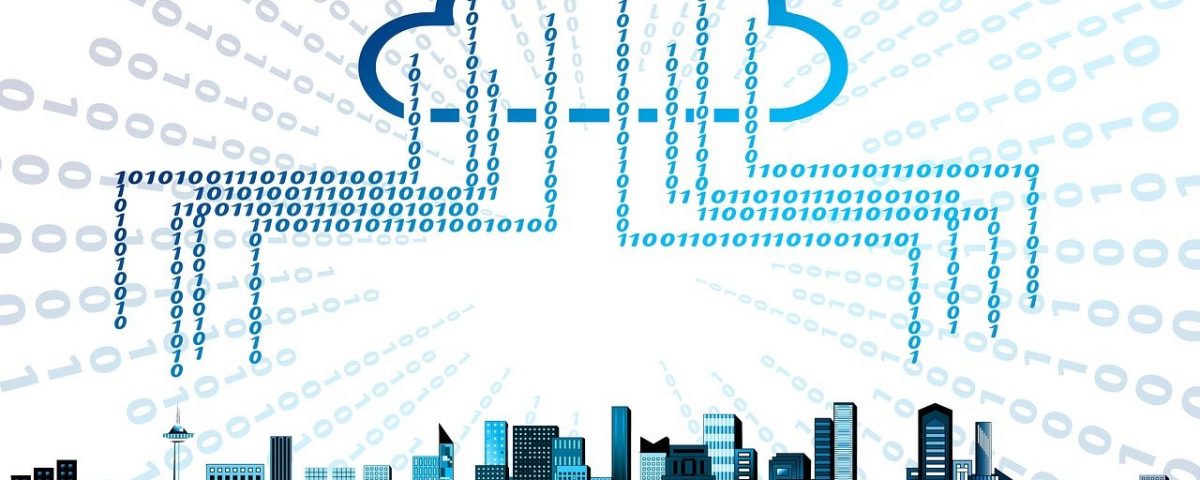- Stronger Customer Relationships
- +1-949-878-7411
- ramana@varasi.com
Salesforce CRM – Reflections on Customer Behavior

SaaS subscription
It is probably the wrong decade to talk about “SaaS Vs On-premise” software when AI dominates the zeitgeist. Most companies buy SaaS software but use it like an on-premise software. The business terms and deal structures from the SaaS vendors look eerily similar or worse than their on-premise counterparts – but that’s a topic for another day. Sharing some reflections from our work with Salesforce customers over 10+ years. Many of these observations are not limited to Salesforce and are applicable to other Enterprise SaaS softwares as well.
On-premise softwares had an “upgrade cycle”. Every 2-5 years you had to carefully manage the software upgrade while ensuring minimal business inconvenience or disruption. A SaaS software is often upgraded multiple times a year and the upgrades are not free – you pay for it as part of your subscription! Salesforce releases upgrades 3 times a year but their customers find it hard to keep up.
I would put the continuous software upgrades into 4 categories:
Strengthen what is working
Security and performance are good examples in this category. Salesforce is already very robust in security but is constantly working hard on behalf of its customers to maintain and improve the trust. Typically the customer doesn’t need to do anything to benefit from these improvements although some advanced offerings could mean beefing up your subscription.
Fix what is broken
These are features that don’t work as expected. Salesforce gets feedback from its customers, evangelists and partners directly and through the amazing forums it nurtures. These are then prioritized and delivered as part of the thrice-a-year releases. Typically the customer doesn’t need to do anything to benefit from these improvements.
Better way to do things
Salesforce is often rated as the most innovative companies. One of the key reasons for this is that it is constantly trying to improve what it already does well. Technology is constantly evolving and yesterday’s best is today’s average. Salesforce Classic to Lightning and Process Builder to Flows are two examples of such innovations.
Customers need to actively re-evaluate their current setup and adopt the new improvements to derive value from their subscriptions.
New features
It’s common to various new features being rolled out thrice a year by Salesforce. This means being able to do things that you weren’t able to do before and may have bought a bolt-on Salesforce app or a 3rd party software to fill that gap.
Customers should review their evolving business needs in light of new Salesforce features. This can lead to simplification and cost savings for most customers
Summary
Customers need to move to a SaaS mindset of using and managing their solutions to get the most out of their Salesforce subscriptions. This allows customers to simplify their solutions and leverage the innovation that is coming their way. Customers just need to align their consumption behavior to their buying behavior.
These are some of the things we cover during our Salesforce System Reviews. Reach out to us if any of these resonate with you.



